
Consumer behaviour is changing: in conversation with EPAM
 15:36 17 Dec 2021
15:36 17 Dec 2021 Over the last 12 months, the transformation across every part of the financial services landscape has been sensational. From the rise of services such as BNPL, to the development of crypto; from sustainable fintechs pushing hard to fight climate change, to Open Banking going global, we find ourselves in the middle of a global revolution.
Whilst the move towards a cashless economy and e-commerce has been given a boost by the pandemic, some of the changes we are witnessing reflect – at a deeper level – the evolving relationship we, as consumers, have with payments, banking, finance, personal data and money.
To discuss better this transformation, we sat down with Clare Pearson and Panos Archondakis, respectively Director of Open Banking and Payments and Senior Director at EPAM. EPAM recently published their 2021 Consumer Banking Report, which you can download here.
Hi Clare, hi Panos. First of all, thanks for being here. Let’s move straight into the first question. Some weeks ago, EPAM published its 2021 Consumer Banking Report. If you were to summarise the key finding of this great piece of research, what insights would you give to our OBE community and readers?
Thanks Giovanni, wonderful to be here. A great report isn’t it. There is so much to take from it, the report’s 3 Key Findings are 1) Unbundling, 2) Need for Education / Advice / Support and 3) Trust for incumbent banks and distrust of new digital services
Our report highlighted that consumer behaviour has changed, previously they may have switched current accounts with the bank, now we see a supplementing of services and consumers wanting to use different financial companies for their changing needs. We feel that Open Banking will in the future aid this supplementing further presenting consumers with more choice on products that meet their requirements and values.
We also saw trust was a big driver in consumer choice of their bank account and that family choice especially in under 24-year old’s was also an influencer. Consumers will trust the bank they know rather than switch, as historically this process is arduous and time consuming.
The other major part we need to highlight is the pandemic, where we saw uncertainty caused in the economy / losing jobs was a major driver of people needing education and advice. We also saw that a global situation accelerated some of the great technical developments we have seen in the digital space over the past couple of years. Indeed, our report showed us in the main that financial institutions have handled it well.
One of the Report’s most intriguing findings is the fact that 77% of customers are happy with their current bank accounts. How would you explain this fact? As open banking is becoming a global phenomenon and fintech companies are gaining new customers every month, you do believe things can change in coming years?
I mentioned earlier about consumers not necessarily looking to one bank for all their financial needs and Open banking brings with it so many opportunities to provide services that meet these emerging needs allowing consumers to handle their finances online.
Consumers are relatively happy with their current account, imagine if that bank could deliver tailored products and services to their account digitally and present those offers according to their lifestyle or needs.
We think the driver of trust is that the bank supports the customer’s needs and generally does that job well; as long as there are no major issues, there is nothing to disrupt the trust. Most banks provide pretty much everything that a retail banking customer needs, and they do it generally quite reliably. Once a customer makes their initial banking choice, it is unlikely that they will switch completely, although they may try out services from other providers as well.
We think the trust in incumbent banks will continue, and consumers have also indicated that they are distrustful of new digital services and especially Crypto. New providers will need to work hard to show that they are as trustworthy as the incumbents. Consumers will keep their main relationships intact and minimize risk while trying out new providers of new services.
The world looks still far away from pre-Covid ‘normality’ given the recent discovery of the Omicron variant. How has the pandemic changed consumers’ financial priorities? What these shifts means for traditional players and fintech firms?
We have seen over the past 18 months the phenomenal rate of digital transformation and the way consumers spend. We saw a huge surge in e-commerce and a reduction in traditional POS transactions at retail stores as consumer behaviour adapted to lockdown situations and the differing ways to spend. We saw business models adapt and change, even my local independent coffee shop changed completely from an inside experience to a pre-order, takeaway and delivery model using an app, with a payments provider attached. Financial priorities also changed as people became careful with spending as some of their livelihoods were impacted. Those luxury items we usually treat ourselves to became more necessity items. (Who can forget the rush for toilet rolls?)
From our banking report we saw that there is still a requirement for a personal touch in financial interactions and providing a way for consumers to talk to a human being (not necessarily face to face) whilst showing that you understand their needs, are trying to protect them and have their best interests at heart are increasingly valuable as health, economic and political uncertainty grow. Incumbent firms are in a good position to provide this certainty as they have the highest levels of trust, they have broad product offerings and can offer support in multiple different ways compared with niche Fintech providers. Those who understand emotions at play for the consumer and how to mitigate stress will be the real winners.
The rise of crypto has been greatly reported by media over the last year. Companies working in this space are emerging fast and central banks are working towards their own digital currencies (CBDCs). What does your report tell us about this important new trend?
We have seen the central banks perform reviews on digital currencies and consumers investing in alternative items such as cryptocurrencies. Our report tells us that not only are Gen Z looking for more than just a current account, that they have a growing appetite for investments especially in the 18-24 age group. 56% of Respondents in this age category indicated they were already using an investment platform of some kind. Interestingly 36% of this generation also want their bank to offer crypto investment options, so this will be intrinsic when it comes to the central bank reviews.
Our research also shows that more than 60% of consumers do not trust crypto providers to take care of their investments. This shows a healthy realism from consumers while the figures also highlight that a large proportion of consumers still want to try it out. So, the report tells us that people want to be able to benefit from the upside and are conscious that it is risky, and they could lose everything they put in.
Mainstream banks also getting into crypto can build on the trust that already exists towards them and possibly use that to win market share from the smaller Fintechs. This might need them to find less risky ways to offer the products, which may reduce the returns.
A final question, about 2022 predictions. With 2021 coming to an end, what do you think is the biggest 2022 trend and why?
I think we have answered some of this in the other questions, if I had to select one it would the de-coupling of traditional banks or BaaS models and the provision of alternative services using Open Banking that will be the most exciting. Along with the developments on VRP’s (variable recurring payments) which will also be a pivotal moment for Open Banking in the UK. Further afield we see various stages of Open Banking globally and it will be really exciting to help our clients shape these in the future.
[We thanks Clare Pearson, Director of Open Banking and Payments at EPAM, and Panos Archondakis, Senior Director at EPAM, for the interview]
Join us at our upcoming Campfire in January 2022, where we will be discussing global Open Banking trends for the year ahead.
Helen Child, Founder & CEO, Open Banking Excellence




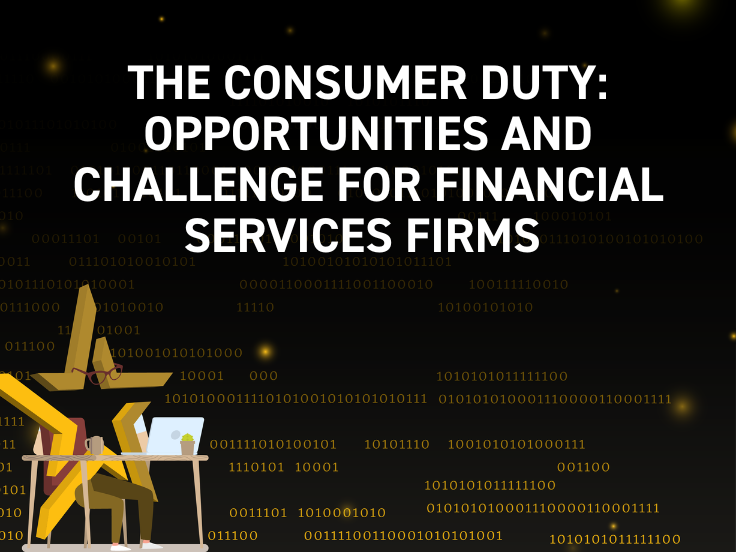 " alt="">
" alt="">

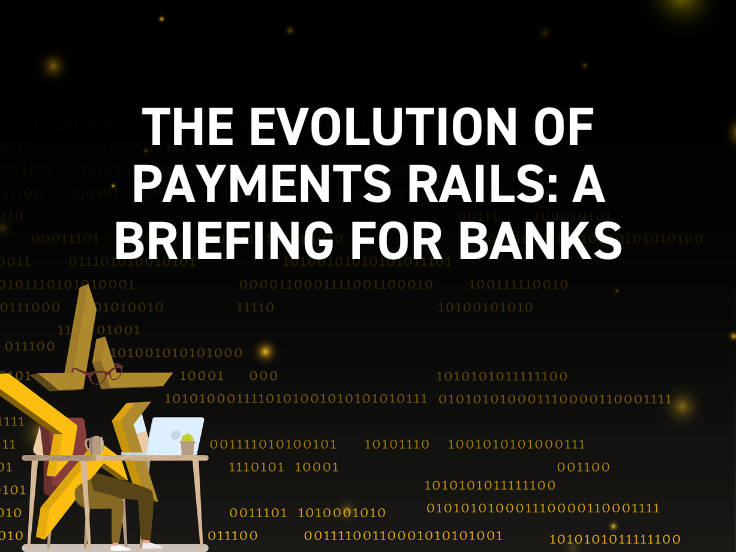 " alt="">
" alt="">
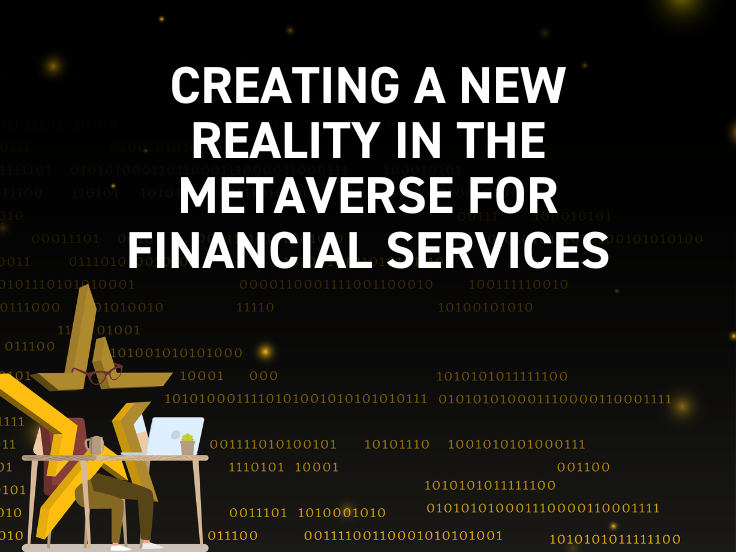 " alt="">
" alt="">
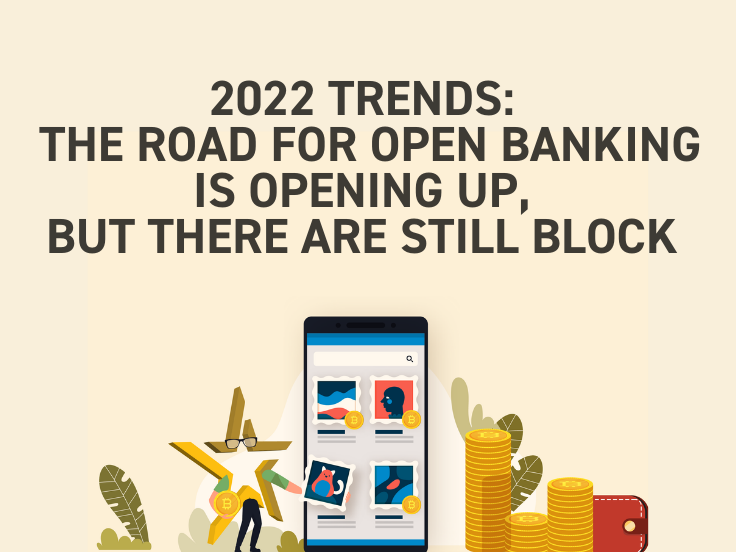 " alt="">
" alt="">
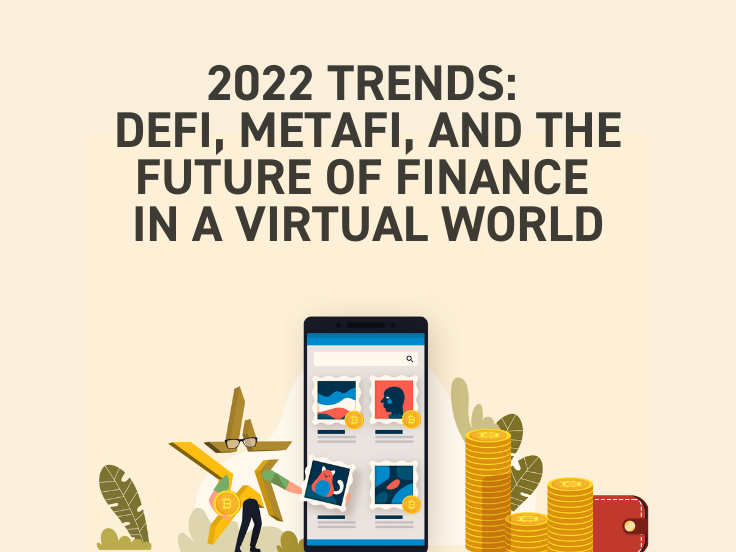 " alt="">
" alt="">
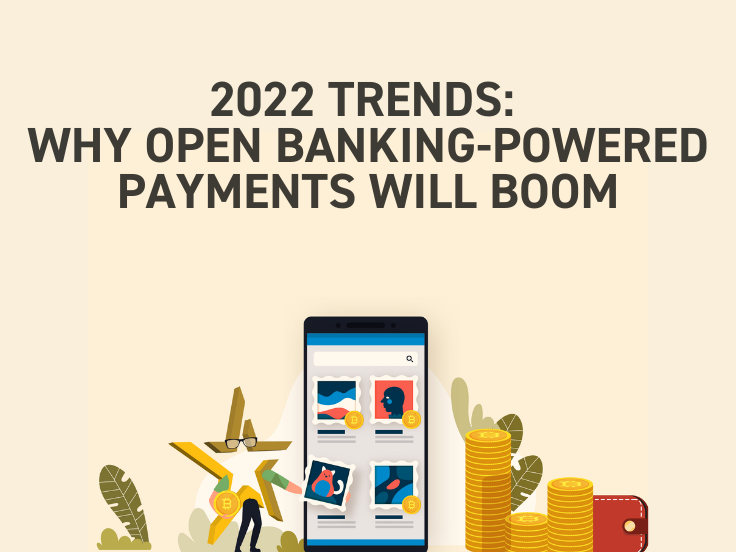 " alt="">
" alt="">
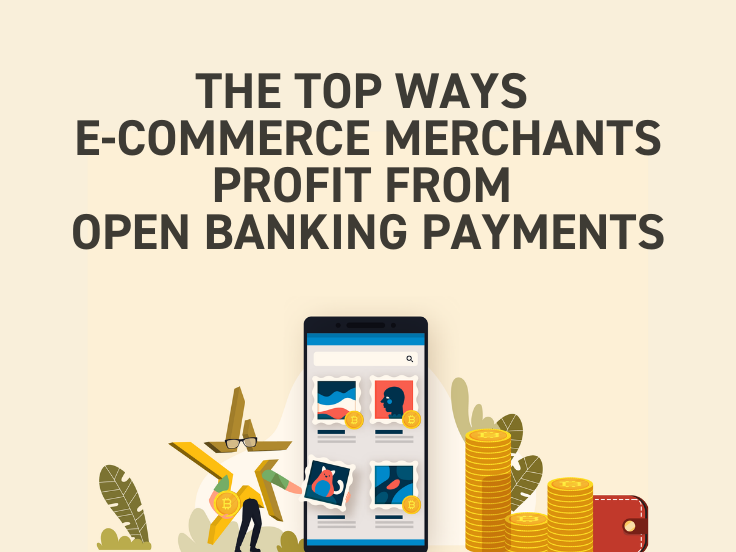 " alt="">
" alt="">
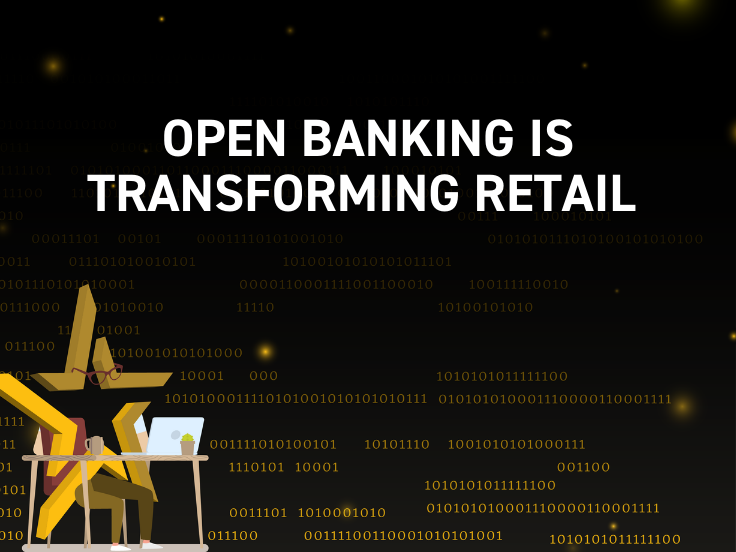 " alt="">
" alt="">
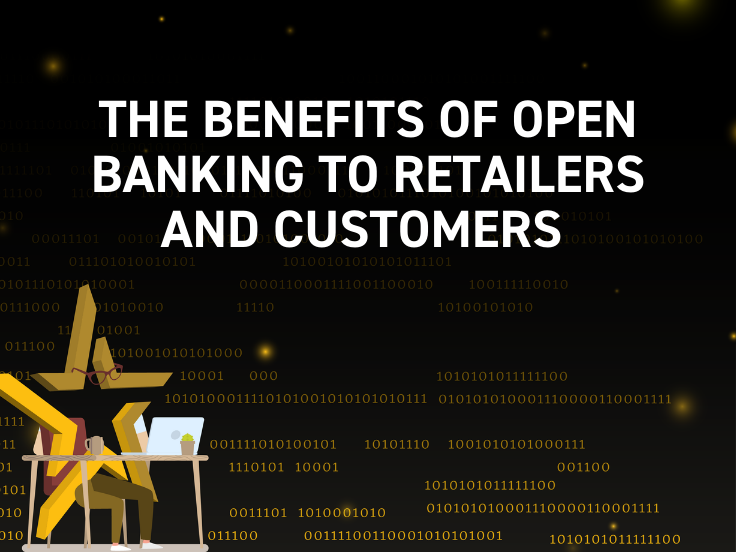 " alt="">
" alt="">
 " alt="">
" alt="">